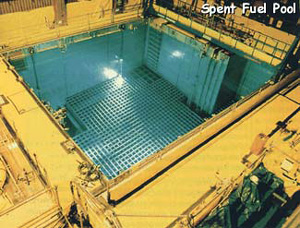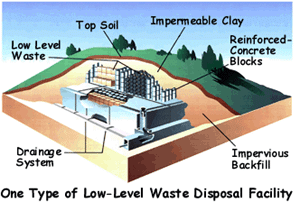Nuclear power plants are licensed by the NRC for 40 years. After that, they can ask to renew their license, or they can shut down the plant and decommission it. Decommissioning means shutting down the plant and taking steps to reduce the level of radiation so that the land can be used for other things.

NRC has very strict rules for shutting down a plant. The NRC requires plants to finish the process within 60 years of closing. Since it may cost $300 million or more to shut down and decommission a plant, the NRC requires plant owners to set aside money when the plant is still operating to pay for the future shutdown costs.

Nuclear power plants can be decommissioned using three methods:
- Dismantling — Parts of the reactor are removed or decontaminated soon after the plant closes and the land can be used.
- Safe Storage — The nuclear plant is monitored and radiation is allowed to decay; afterward, it is taken down.
- Entombment — Radioactive components are sealed off with concrete and steel, allowing radiation to “decay” until the land can be used for other purposes.
Source: http://www.nrc.gov/reading-rm/basic-ref/students.html



